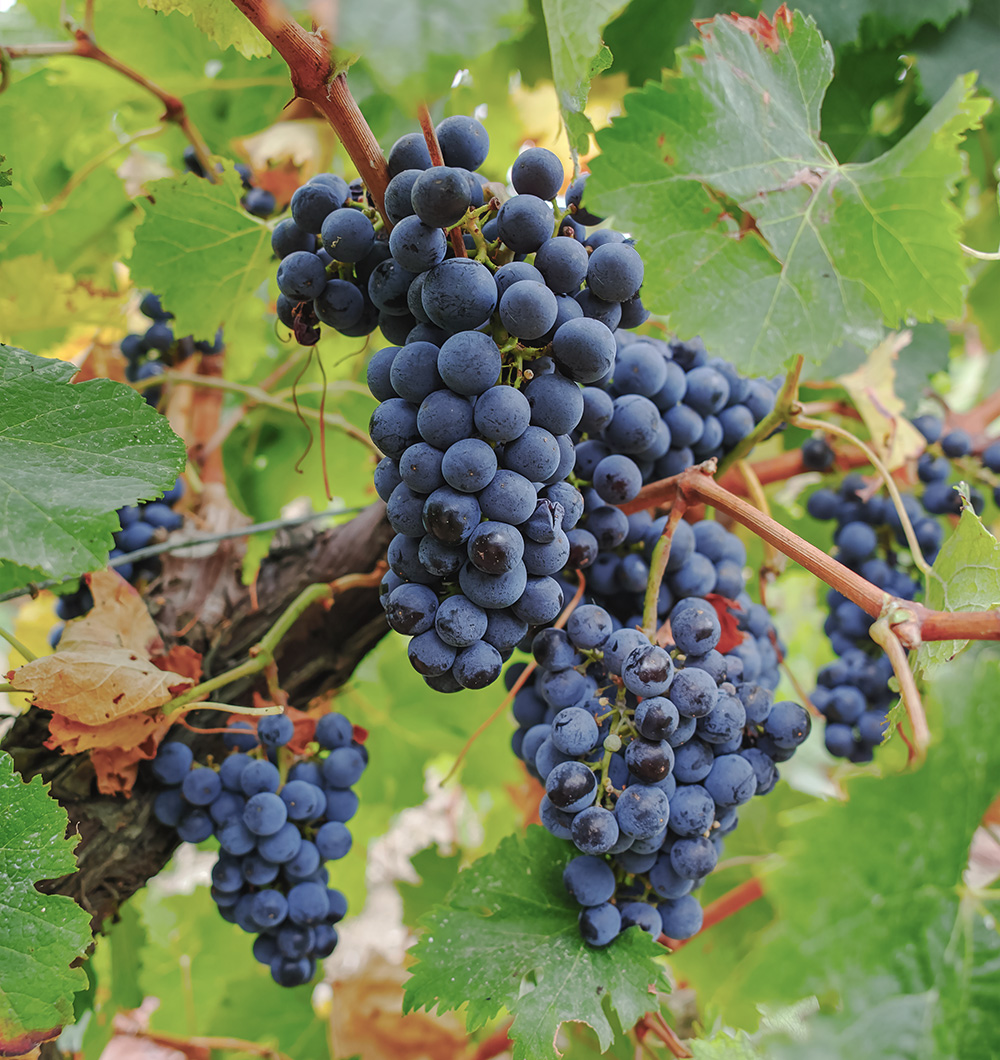How Amastuola organic wines are born
We know everything about our vineyard and vines, as we personally follow all production stages. We know all the characteristics of grapes, must and wine in their different phases. In our vineyard, we produce organic wines with great pride in the name of tradition and innovation. When we decided to undertake this path, we decided to do it on a land that, due to its being no longer productive, was destined to be left untended and run wild. Thanks to the collaboration of all our experts, however, we e managed to create a vineyard covering an area of 100 hectares which is now able to give birth to 10 different labels, all entirely organic.
Conscious and
responsible production
We embraced the choice of making organic farming with great commitment and determination, because it fully reflects the philosophy of our farm: having respect for nature and for our consumers. Producing organic wine means adopting an agricultural philosophy that creates a deep connection with the territory and with nature, supporting the reduction of use of pesticides and chemicals. Furthermore, producing organically means adopting precision farming techniques, such as reduction in water consumption and adoption of organic farming techniques designed to prevent parasitic attacks in a completely natural way. Making organic wine also means adopting different harvesting techniques according to the different grapes and crops. The harvest of our whites, for example, takes place during the night hours in the second half of August, precisely because the low night-time temperature prevents any unwanted fermentations from being triggered.
From harvest
to cellar
The grape harvesting machine moves between the vine rows, bringing the bunches into resonance until the grapes come off. The gathered grapes are moved to the cellar by means of bin type trolleys, and poured into the screws, from where they are then conveyed, through double mass cooling pipes (to prevent any spontaneous fermentations) to the fermentation containers. Fermentation takes place at a controlled temperature. The use of a next generation vacuum press allows obtaining a better quality of musts thanks to the very low pressures it reaches. These processes are followed by maturation, ageing in barriques or in bottles. The grapes are selected and picked by hand during the night. After destemming, the unbroken grapes are conveyed to Allier sessile oak vats in a truncated cone shape, where fermentation takes place at controlled temperature, followed by a long post-fermentation maceration. Ageing takes place in a sessile oak barrel during a 12-month period.
